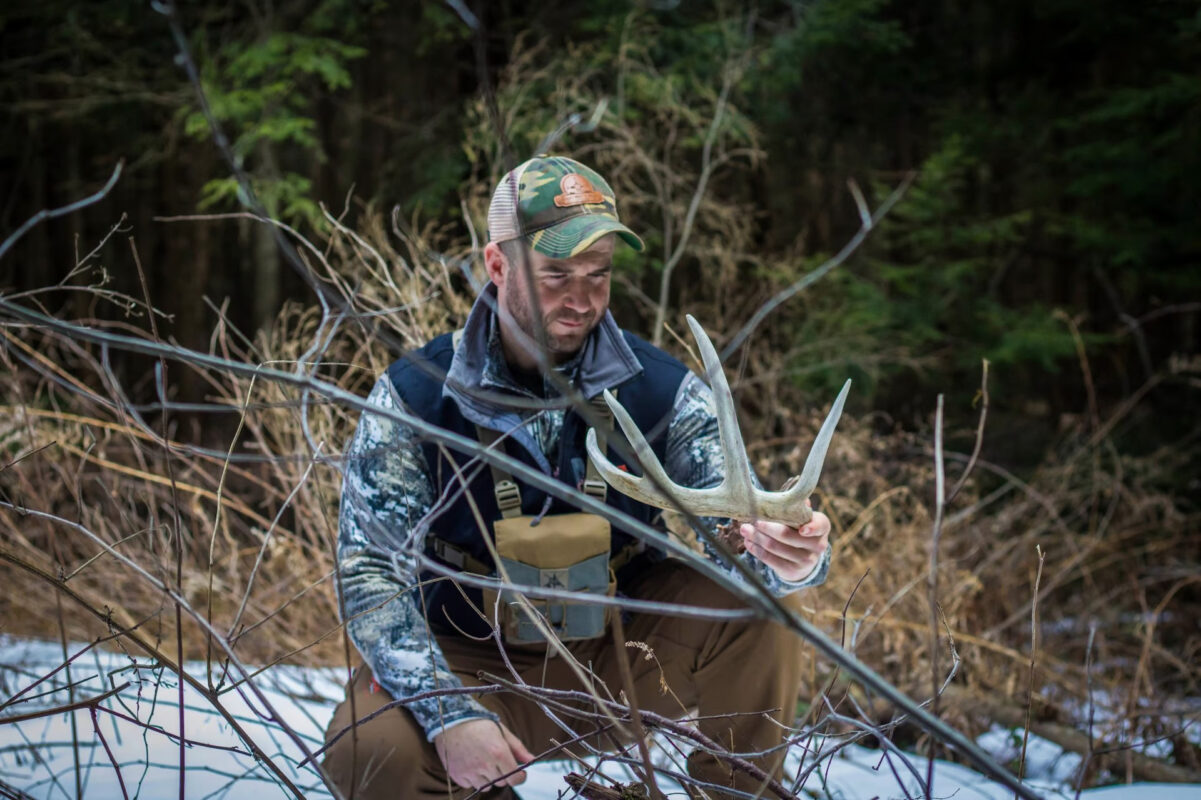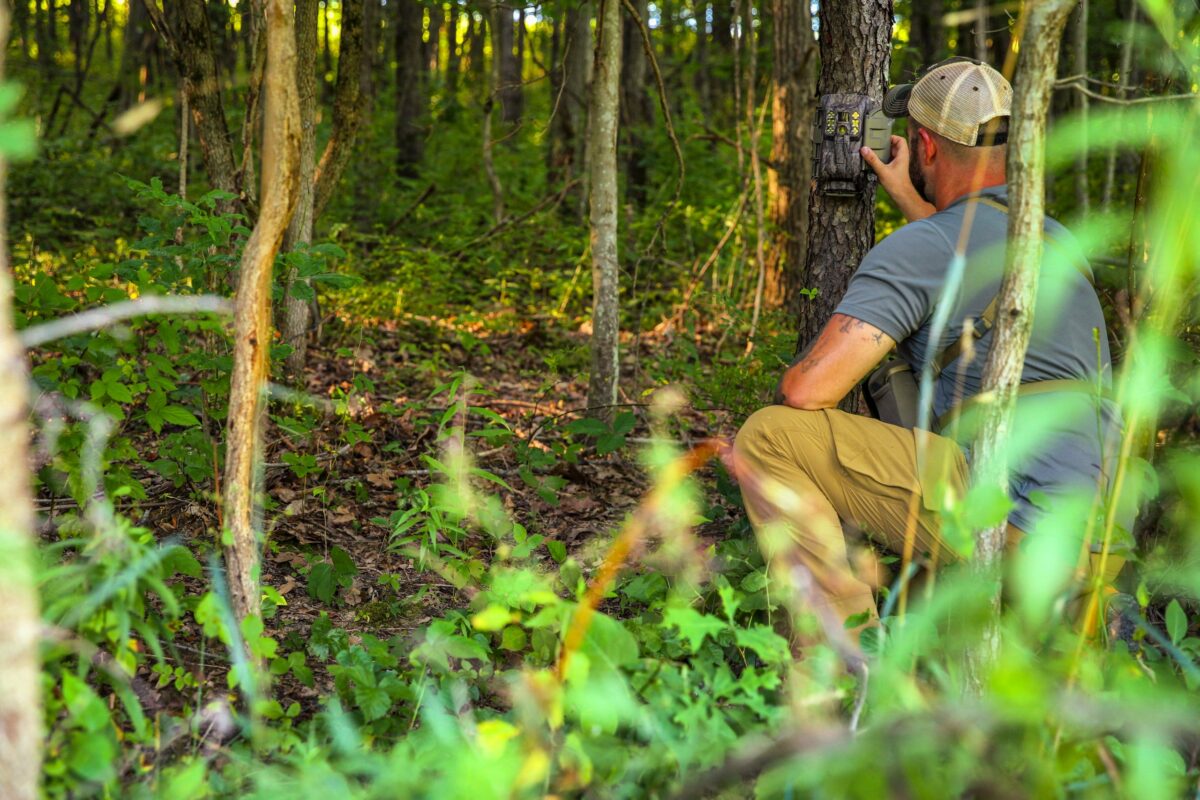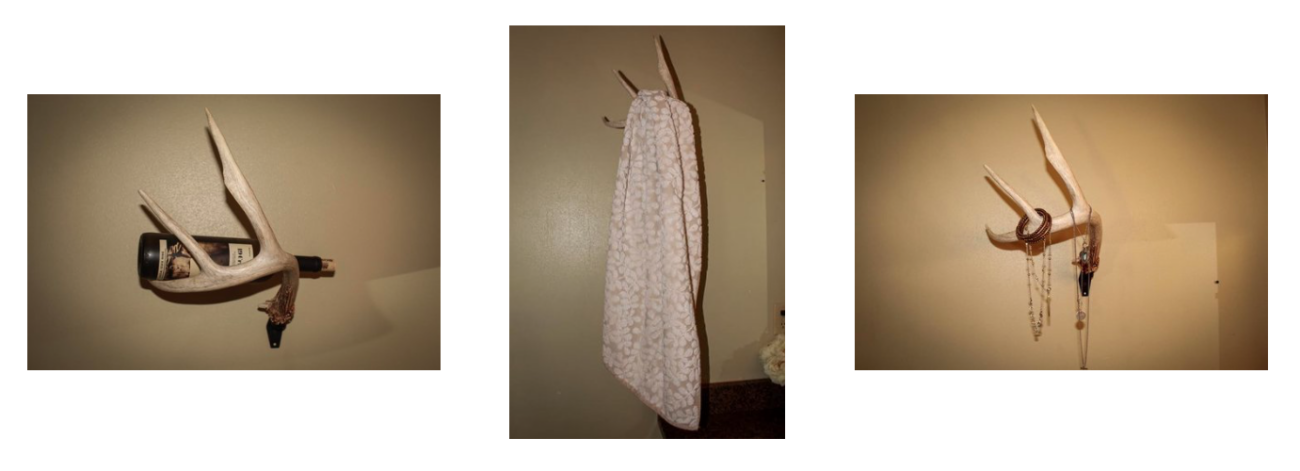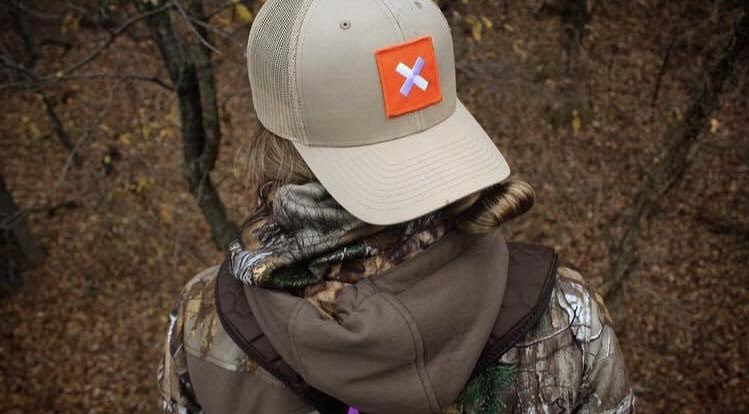TRAIL CAMERA STRATEGIES






Let Cameras Do Your Dirty Work
At this stage in the game, it’s mid-end of summer and most of our target bucks, or specific bucks, have been identified and found. With bean, alfalfa and clover fields providing a ton of daylight sightings and trail cameras lighting up with bucks galore, this time of year can certainly make it seem pretty dang easy, right?!
I mean let’s be honest, with bucks showing themselves all throughout the day during this time frame, a guy can easily get caught up into thinking, “Wow! This year is going to be the year where it’s EASY!” Well, I hope that this is exactly what happens for most of you! But, if you’re like me, things just don’t seem to come that easy! So, how can we prepare for our target buck to make a houdini act right before the season opens, after he strips his velvet? What’s our plan B, if Plan A fails us? How do we get these plans in motion? CAMERAS! What I’m about to explain to you, has helped myself and many big buck assassins all over the country, relocate and kill their target buck after he disappeared!
Let me explain
More than A Big Buck Selfie
We all love a Big Buck photo! It’s a selfie of our dream deer and we can’t get enough of them! But, besides a cool velvet photo in August, or a hard horned photo in September, what else is this photo showing us? Do we ever care? Do we actually have anything to gain from this photo besides just something to show our buddies, as we crack open a cold beer? We do! And lots of it!
Every photo that is taken of a target buck is giving YOU very valuable information that should be stored! Information like, weather characteristics, wind direction, time and direction of the buck in accordance to where he beds, or feeds etc. All of this information is extremely valuable right now AND for later on down the road! Some people will argue that what a buck is doing right now, does a hunter no good come the fall, after he strips velvet and changes up his pattern, to a degree. In my opinion, that couldn’t be further from the truth and here’s why! The clues from what a buck likes, or even working backwards and documenting what he doesn’t like, can all be excellent information down the road. This buck is giving you clues to his preferences, on his own turf AND without him knowing that you are watching. He is as vulnerable now, as ever and by doing so, he’s giving up the flaws in his armor, which can and should be used against him!
It’s All In The Details
So let’s break down the information given, off of these trail camera photos! On most of today’s cameras, we will get a magnitude of information off of one picture. Typically, stamped on each photo, or available in the app will be; time, date, moon phase, barometric pressure and on some, wind speed and direction. So, what does all of this mean? Well, if we pay attention, it means a LOT! I like to document every photo that’s in daylight, or within an hour of daylight. I will record all of the previously mentioned information, or save it in the app (some cameras allow information to be gathered and saved). What this will do for a hunter is it will showcase patterns in this buck’s behavior.
 For example, we may notice that on a particular wind, this buck is in daylight more so than all of the other wind directions. This gives us a ton of clues to what this buck likes and what he is doing. Let’s say our target buck seems to show up in daylight on a “west” wind quite often in the evenings. Based on our knowledge of whitetails we can assume that he is bedding somewhere to the east and walking towards our camera location, with a west wind in his face, to smell danger up ahead! This tips us off to potential bedding areas for this buck. I would now go to my maps and look for good bedding locations, East of this camera, where the west wind is in his favor for an evening hunt!
For example, we may notice that on a particular wind, this buck is in daylight more so than all of the other wind directions. This gives us a ton of clues to what this buck likes and what he is doing. Let’s say our target buck seems to show up in daylight on a “west” wind quite often in the evenings. Based on our knowledge of whitetails we can assume that he is bedding somewhere to the east and walking towards our camera location, with a west wind in his face, to smell danger up ahead! This tips us off to potential bedding areas for this buck. I would now go to my maps and look for good bedding locations, East of this camera, where the west wind is in his favor for an evening hunt!
By using these clues we can backtrack a buck and learn where he sleeps and eats etc. This gives us valuable information when it’s time to go in and hunt this specific buck! Another prime example would be a camera on a heavily used game trail. By getting photos of a buck in the morning, we obviously know the direction he’s coming and heading to, but because of the camera details we can look at other ways to connect the dots. Maybe this buck is in daylight, in the morning on certain days, heading back to his bed because a weather system had moved through and the barometric pressure kept him out feeding longer that morning? Or maybe we discover that this buck was on his feet in daylight only because a cold front had blown in the night before and every time a cold snap occurs, he’s in daylight longer, or more often. By documenting all of these clues, we can form patterns and patterns kill big bucks! We can also use this information when a buck disappears! For example, if I lose a buck in October, I will immediately go back to my notes of what this buck liked all summer and early fall. What winds, weather systems etc. I will then look for the hottest food source around, at that time and one that is in conjunction with what this buck has shown me he likes! For example, if I know a buck loves to use a west wind to his advantage on my farm, I will look for acorns dropping at that time, or the most recently harvested agricultural fields etc that would favor a west wind, which I know he likes and then setup cameras and start scouting! Strategically, I will glass and scout this area until I find where all of the pieces I’m looking for cross and then, it is time to strike!
Plan To Win The Game

When it comes to trail cameras and hunting, I think an aggressive plan is always a MUST! What I mean by this is that we don’t necessarily have as much time as we think we do, after we get a big bucks photo, to strike while the iron is hot! Let’s look at the classic “big buck in daylight in camera” scenario and break it down!
So, it’s Monday, October 3rd and our camera sends us a picture and BOOM! OUR BUCK IS IN DAYLIGHT! This is perfect news! But, we must act FAST! This picture is showing us what he is doing right now, but that could change at a moment’s notice! He may be feeding in a freshly cut bean field, or hitting a hot scrape etc. But, these things can change in the blink of an eye, so we need to put a plan together NOW! In my experience, I’ve learned to live by the “Rule of 3” and for good reason. When I see a buck do something a time, or two I want to be there for that second or third visit! After that, it rarely seems like the opportunity is still present because food and cover are changing drastically during hunting season!
My plan for once I get pictures of a buck is to then immediately go into hunt mode! If I need to use a vacation day, I’m doing it! Call in sick? Yep, it may have to happen! Skip golf night? Sure thing! In my mind, when a buck is making mistakes, in daylight, a smart hunter must capitalize NOW! So, based off our clues that the camera is giving us and what we know about the area, or this buck etc we can now make an educated guess on what, when, where and how to go hunt this deer! The time to strike is when the iron is the hottest and it doesn’t get any hotter than when YOUR camera shows YOU a Big Buck in Daylight! Goodluck and get after it!






